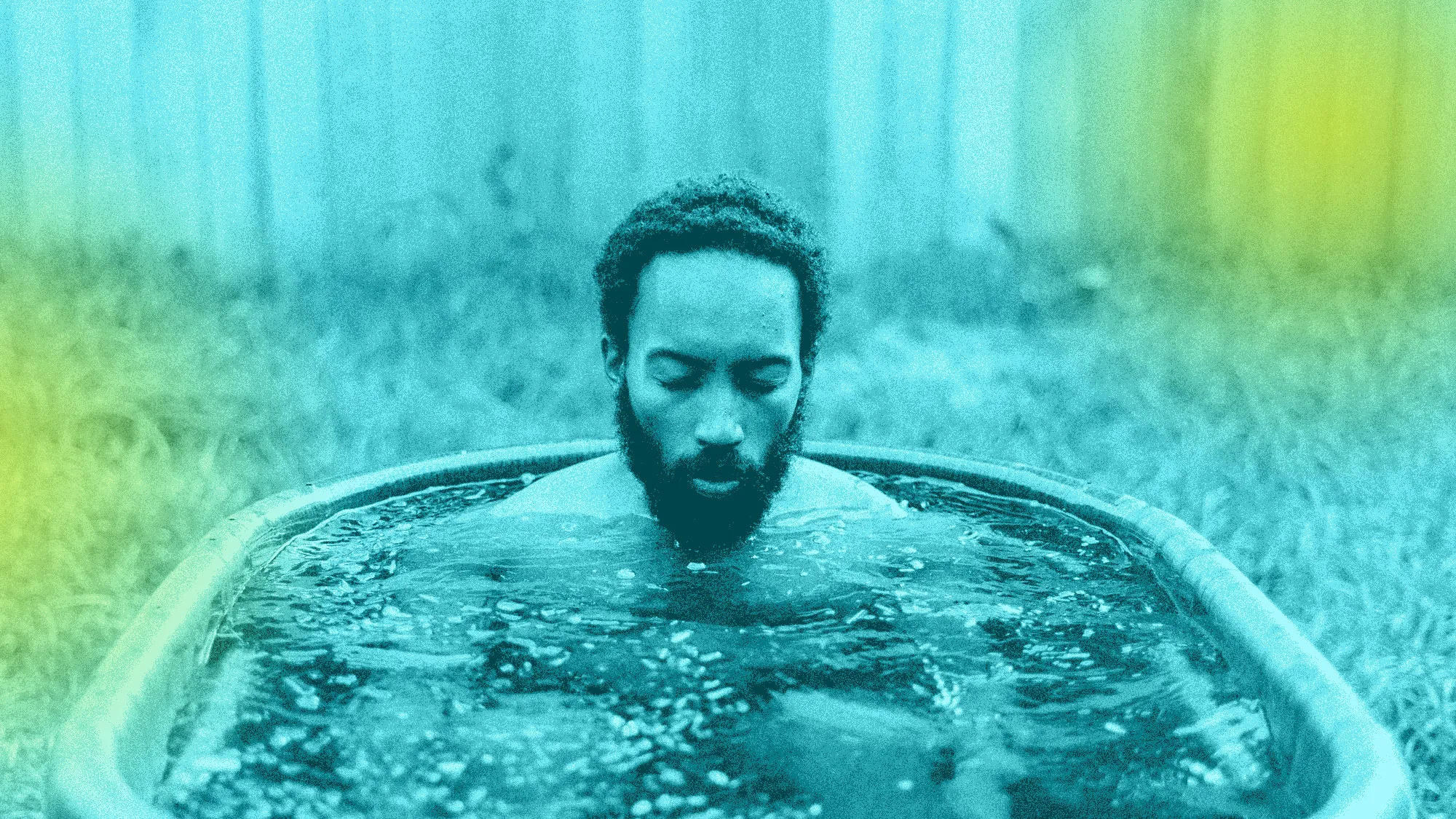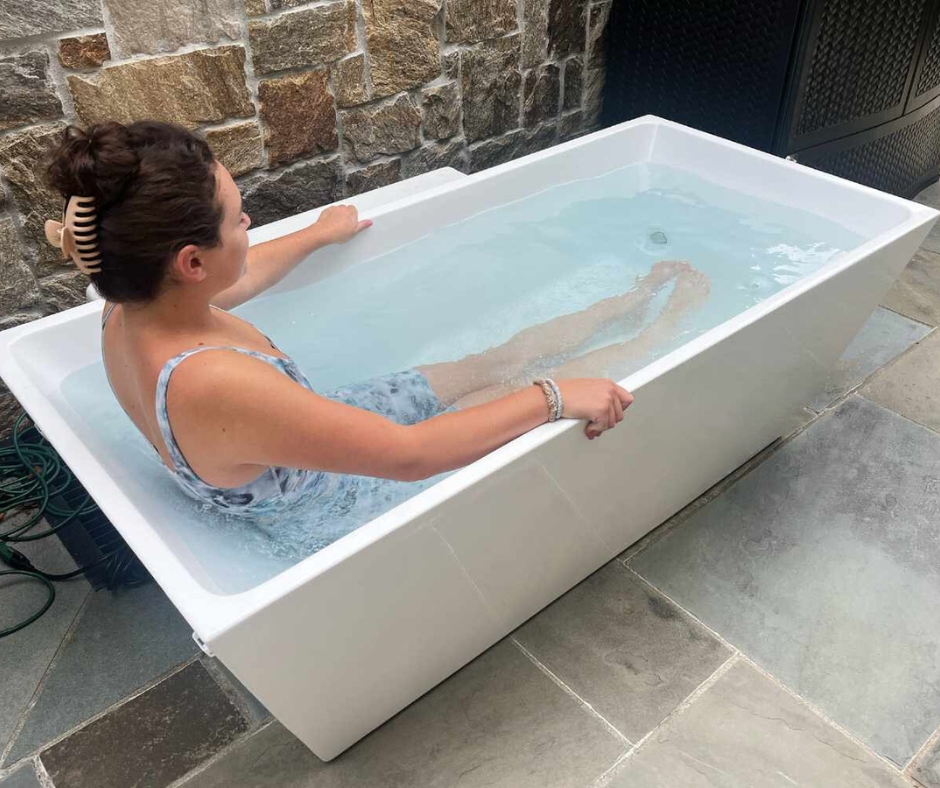Athletes are always on the lookout for effective ways to enhance their performance and speed up recovery. One method gaining traction in the sports community is cold plunging. This article delves into the specific benefits of cold plunging for athletes recovering from injuries or rigorous training, highlighting its role in optimizing recovery times and overall performance.
The Science Behind Athletic Recovery
1. Understanding Athletic Recovery
Athletic recovery refers to the process of repairing and rejuvenating the body after physical exertion. Proper recovery is essential for:
- Muscle Repair: Healing damaged muscle fibers.
- Reduced Fatigue: Restoring energy levels.
- Injury Prevention: Reducing the risk of overuse injuries.
2. The Recovery Cycle
The recovery cycle consists of three main phases:
- Immediate Recovery: Occurs right after the workout, involving hydration and nutrition.
- Short-Term Recovery: Focuses on days following the training session, emphasizing rest and repair.
- Long-Term Recovery: Involves strategies to ensure sustained performance and health over time.

How Cold Plunge Supports Athletic Recovery
1. Reducing Inflammation and Muscle Soreness
Cold plunging can significantly alleviate muscle soreness and inflammation, essential for recovery:
- Decreased Muscle Damage: Exposure to cold temperatures constricts blood vessels, which reduces swelling and muscle damage post-exercise.
- Reduced Delayed Onset Muscle Soreness (DOMS): Cold immersion can decrease the intensity of DOMS, making it easier for athletes to resume training. Research published in the International Journal of Sports Medicine shows that cold water immersion significantly reduces muscle soreness in the days following intense exercise.
2. Enhancing Circulation
Improved circulation is vital for effective recovery:
- Vasoconstriction and Vasodilation: Cold exposure triggers vasoconstriction (narrowing of blood vessels), followed by vasodilation (widening of blood vessels) when the body warms up. This process helps to flush out metabolic waste products, such as lactic acid, and deliver essential nutrients and oxygen to the muscles.
- Improved Blood Flow: Enhanced circulation facilitates faster recovery, enabling athletes to return to training sooner.
3. Boosting Mental Resilience
Mental toughness is crucial for athletes, and cold plunging can help build this resilience:
- Stress Reduction: Cold exposure can help lower cortisol levels, reducing stress and anxiety, which may impede recovery.
- Increased Focus: The shock of cold water can sharpen mental clarity, helping athletes stay focused on their training and performance goals.
4. Promoting Hormonal Balance
Hormonal regulation plays a significant role in recovery:
- Regulating Cortisol Levels: Cold plunging can help balance cortisol, a hormone that, when elevated, can impede recovery and lead to fatigue.
- Boosting Endorphins: Cold exposure can stimulate the release of endorphins, natural pain relievers that enhance mood and promote a sense of well-being.
Practical Tips for Athletes
1. When to Cold Plunge
Timing is crucial for maximizing the benefits of cold plunging:
- Post-Training: Immerse yourself in cold water immediately after intense workouts to reduce muscle soreness and inflammation.
- Between Training Sessions: Cold plunging can also be beneficial between training sessions to maintain recovery momentum.
2. Duration and Temperature
Optimal duration and temperature are key factors:
- Temperature Range: Aim for water temperatures between 50°F and 59°F (10°C to 15°C) for effective recovery.
- Duration: Start with sessions lasting 5-10 minutes, gradually increasing to 15 minutes as your body adapts.
3. Complementary Recovery Strategies
To enhance recovery further, combine cold plunging with other strategies:
- Hydration: Rehydrate after cold plunging to support muscle recovery.
- Nutrition: Consume a balanced meal rich in protein and carbohydrates post-training to facilitate muscle repair.

FAQs
Athletes can benefit from cold plunges 2-3 times per week, especially after intense training or competition.
Yes, cold plunging can aid in reducing inflammation and swelling associated with injuries, promoting faster recovery.
After cold plunging, athletes should gradually warm up, hydrate, and refuel with a balanced meal to maximize recovery benefits.
Related Studies and Articles
For more insights into cold exposure and athletic recovery, check out the following resources:
Cold Water Immersion and Recovery: A detailed study published in the Journal of Sports Sciences highlights the effects of cold water immersion on recovery strategies. Read the study here.
The Role of Cold Therapy in Injury Recovery: The National Center for Biotechnology Information discusses the effectiveness of cold therapy in managing sports injuries. Learn more here.
Hydration and Recovery: The importance of hydration in athletic recovery is discussed in this article by the American Council on Exercise. Explore the article here.
Conclusion
Cold plunging is a powerful recovery tool for athletes, offering benefits that extend beyond muscle soreness and inflammation. By enhancing circulation, promoting hormonal balance, and boosting mental resilience, this practice can help athletes optimize their recovery and improve overall performance.
As you consider incorporating cold plunging into your recovery regimen, remember to start slowly, listen to your body, and combine it with other healthy habits. Embrace the chill, and take your athletic performance to new heights!






